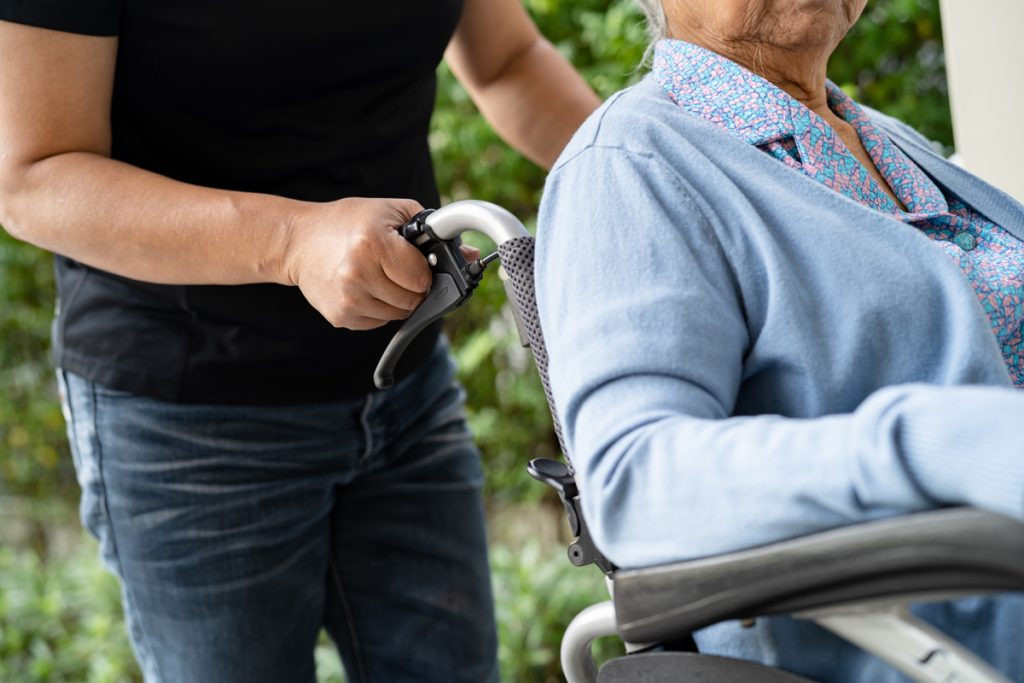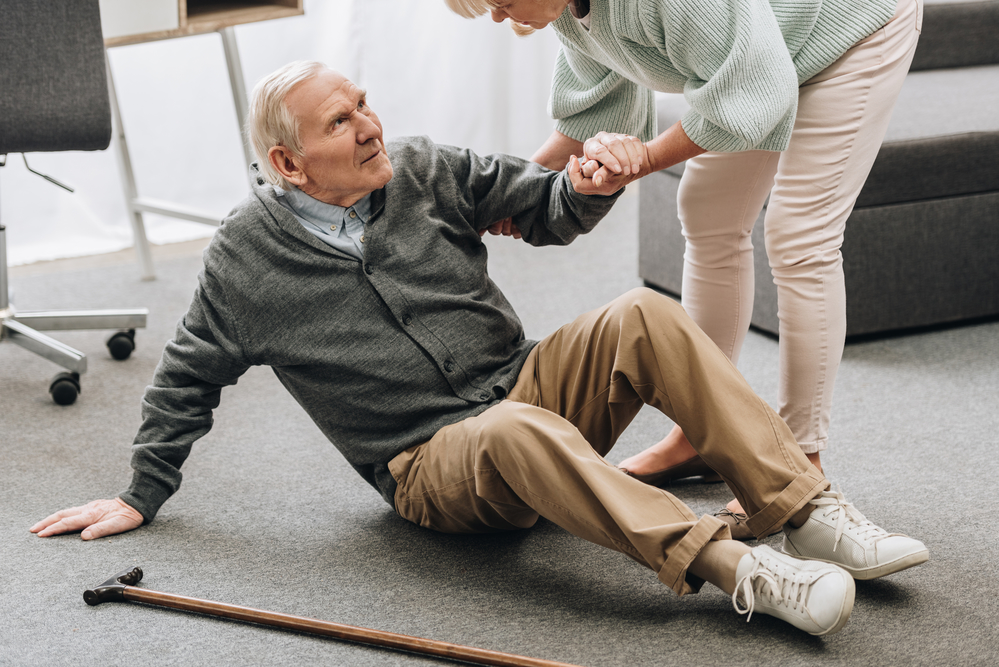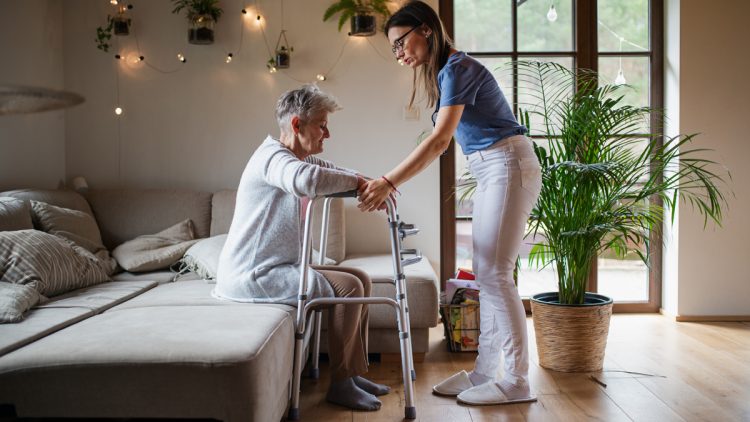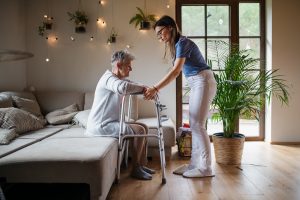Functional Capacity Evaluations (FCEs) and Physical Therapy
Read on to learn more about functional capacity evaluations and physical therapy.
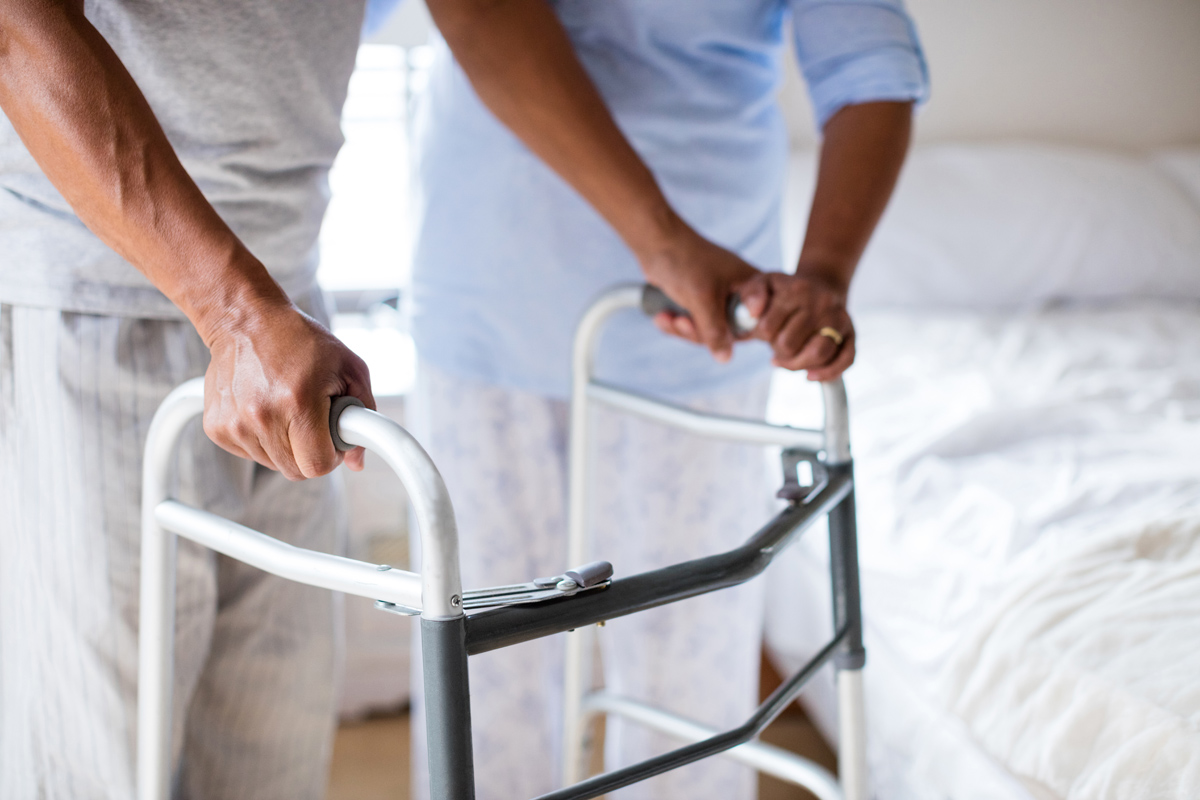 Functional Capacity Evaluations (FCEs):
Functional Capacity Evaluations (FCEs):
- What are they? An FCE is a set of tests administered by a qualified professional (usually a physical or occupational therapist) to assess your ability to perform daily activities and job-related tasks.
- What do they involve? These tests typically include:
- History taking: Discussing your medical history, current condition, and relevant goals.
- Physical examination: Evaluating your musculoskeletal function, strength, range of motion, balance, and coordination.
- Functional testing: Simulating activities from your daily life or work environment, like lifting weights, climbing stairs, or walking specific distances.
- Psychological evaluation: Sometimes included to assess pain tolerance and coping mechanisms.
- Purpose: FCEs are used for various reasons, including:
- Determining your ability to return to work after an injury or illness.
- Setting realistic goals for physical therapy.
- Identifying areas for improvement and designing an effective treatment plan.
- Providing objective data for disability claims or legal proceedings.
Physical Therapy:
- What is it? Physical therapy is a healthcare profession that aims to restore, maintain, or improve physical function, mobility, and overall well-being through:
- Exercise: Strengthening muscles, improving flexibility, and enhancing balance and coordination.
- Manual therapy: Techniques like massage, joint mobilization, and soft tissue manipulation to reduce pain and improve movement.
- Modalities: Using heat, cold, ultrasound, or electrical stimulation to manage pain and promote healing.
- Education: Providing guidance on self-management strategies, injury prevention, and healthy lifestyle habits.
- How does it relate to FCEs?
- The information gathered from an FCE helps guide the physical therapist in developing a personalized treatment plan tailored to your specific needs and functional limitations.
- As you progress through physical therapy, re-taking an FCE can track your improvement and measure the effectiveness of your treatment program.
Overall:
FCEs and physical therapy are often employed together to understand your functional capabilities and provide targeted interventions to help you regain or improve your ability to perform everyday activities and achieve your desired goals.
Additional notes:
- The specific components of an FCE and physical therapy program may vary depending on your individual circumstances and diagnosis.
- Consulting with a healthcare professional experienced in both FCEs and physical therapy can help you determine if these approaches are right for you.
What Happens At A Disability Functional Capacity Evaluation
A Disability Functional Capacity Evaluation (FCE) is a comprehensive assessment conducted by healthcare professionals, often occupational therapists or physical therapists, to evaluate an individual’s physical and functional abilities. The primary purpose of an FCE is to assess how an individual’s health condition, injury, or disability affects their capacity to perform various tasks and activities, particularly in a work-related context.
Key components of a Disability Functional Capacity Evaluation may include:
- Physical Assessment:
- Strength and Endurance: The evaluation assesses the individual’s muscle strength and endurance, examining how well they can perform physical tasks over time.
- Range of Motion: The range of motion in different joints is evaluated to determine any limitations or restrictions.
- Functional Activities:
- Lifting and Carrying: The individual may be assessed on their ability to lift and carry objects of varying weights and sizes.
- Pushing and Pulling: The evaluation may include tasks that involve pushing or pulling.
- Bending and Stooping: The ability to bend, stoop, or squat may be evaluated.
- Climbing: Depending on the individual’s job requirements, climbing tasks may be assessed.
- Posture and Mobility:
- Sitting and Standing: The individual’s ability to sit and stand comfortably may be assessed, including the duration of time they can maintain these positions.
- Walking: Walking patterns and distances may be evaluated.
- Balancing: The assessment may include tasks that assess balance and coordination.
- Coordination and Dexterity:
- Fine Motor Skills: The evaluation may assess fine motor skills, hand dexterity, and coordination.
- Gripping and Manipulation: Tasks that involve gripping and manipulating objects may be included.
- Cognitive and Psychological Factors:
- Attention and Concentration: The evaluation may assess the individual’s ability to focus and concentrate on tasks.
- Memory: Memory-related tasks may be included.
- Psychological Factors: Emotional and psychological factors that may impact performance are considered.
- Job-Specific Tasks:
- Job Simulation: Depending on the individual’s occupation, the FCE may include specific job-related tasks to assess their ability to perform essential job functions.
- Report and Recommendations:
- Following the assessment, a detailed report is typically generated. This report outlines the individual’s functional abilities, limitations, and recommendations for accommodations or modifications.
Disability Functional Capacity Evaluations are often used in workers’ compensation cases, disability determinations, rehabilitation planning, and return-to-work assessments. The information gathered from an FCE helps healthcare professionals, employers, insurers, and other stakeholders make informed decisions about an individual’s capabilities and limitations in the context of their work-related tasks.
Can Physical Therapy Improve My Quality Of Life?
Physical therapy has the potential to significantly improve your quality of life in numerous ways. Here are some potential benefits:
- Reduced pain and discomfort: Physical therapy can address various causes of pain, from muscle strains and joint issues to chronic conditions like arthritis. By improving strength, flexibility, and movement patterns, physical therapy can significantly reduce pain and discomfort, allowing you to participate in activities you enjoy.
- Improved mobility and function: Physical therapy can help you regain or improve your ability to move and perform daily activities, such as walking, climbing stairs, getting dressed, and bathing. This increased independence can boost confidence and self-esteem, leading to a better quality of life.
- Enhanced balance and fall prevention: Physical therapy can improve your balance and coordination, reducing the risk of falls, which is especially important for older adults. This can provide peace of mind and allow you to engage in activities without fear of injury.
- Better management of chronic conditions: Physical therapy can be an effective tool for managing chronic conditions like heart disease, diabetes, and chronic pain. By improving physical fitness and managing symptoms, physical therapy can help you live a more active and fulfilling life.
- Improved mood and overall well-being: Physical activity has been shown to have a positive impact on mood and mental health. Physical therapy can help you increase your activity level, leading to reduced stress, anxiety, and depression, and promoting feelings of well-being.
- Faster recovery from surgery or injury: Physical therapy is often crucial for recovering from surgery or injuries. By helping you regain strength, flexibility, and function, physical therapy can shorten your recovery time and get you back to your normal activities faster.
- Reduced reliance on pain medication: Physical therapy can help manage pain, potentially reducing your dependence on pain medication and its side effects. This can lead to a safer and healthier lifestyle.
- Improved sleep quality: Regular physical activity can promote better sleep quality. As physical therapy helps you become more active, you may experience improved sleep, further contributing to a better overall quality of life.
It’s important to note that the specific benefits of physical therapy will vary depending on your individual needs and goals. Consulting with a qualified physical therapist can help you determine if physical therapy is right for you and develop a personalized treatment plan to maximize your quality of life.
Remember, even if you are experiencing minimal limitations, physical therapy can still be beneficial in promoting overall health, preventing future injuries, and maintaining your independence as you age.
Related Posts


